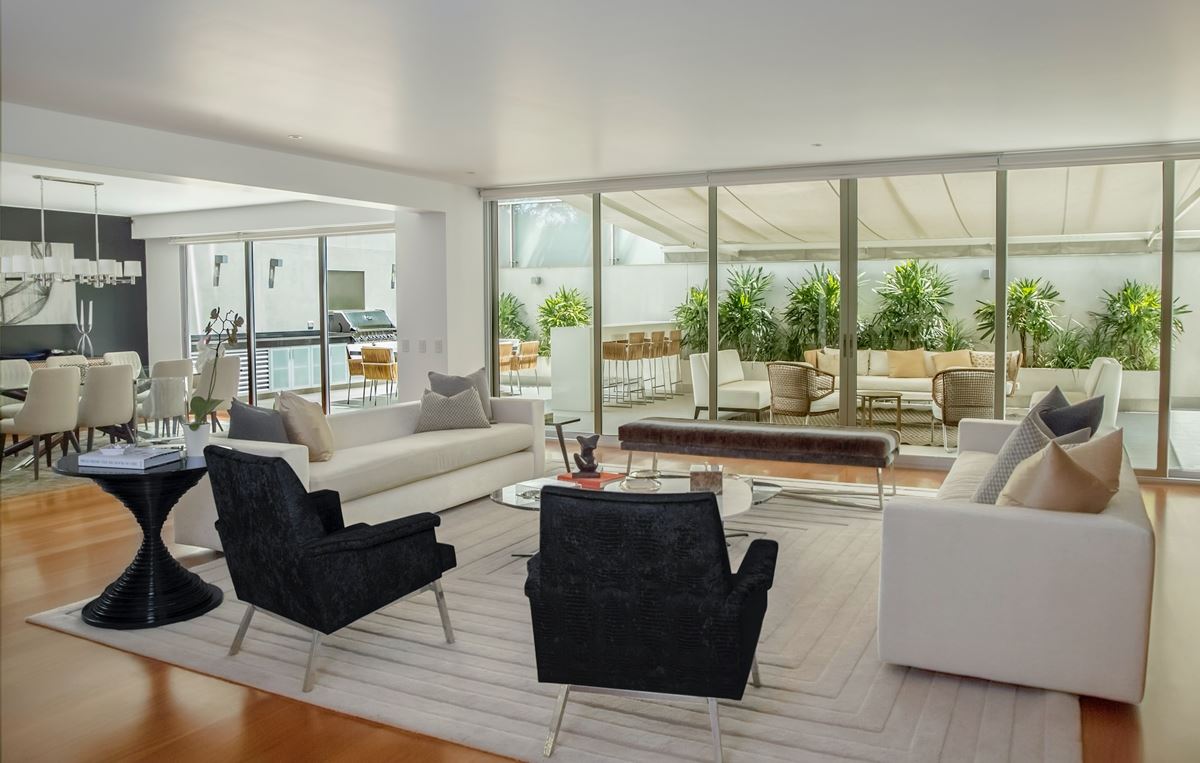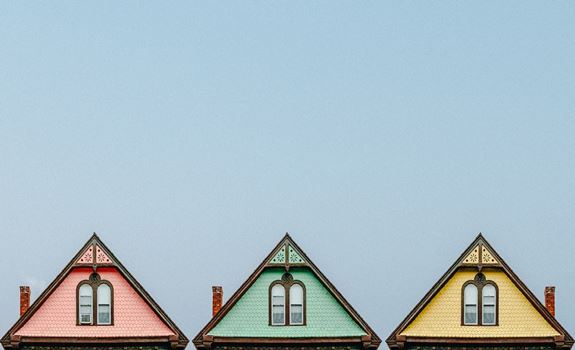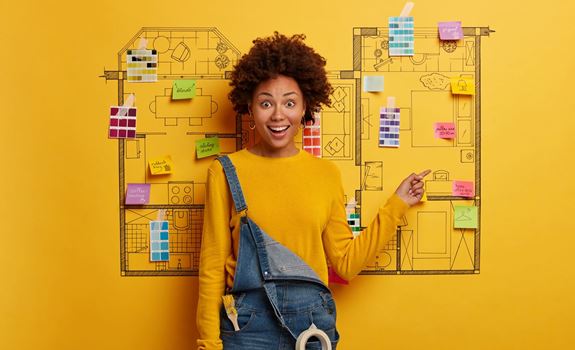Many people have a misconception about what it’s like to build a home. The common belief is that it’s similar to making measurements and creating a LEGO house, but in reality, the design process itself can be very frustrating.
Even one interior design mistake can ruin any potential your house has concerning its appearance. However, with a professional’s help, you can avoid these mistakes and create the home of your dreams. Here are seven common interior design mistakes to avoid:

#1 Trying to Build Before You Plan
Many homeowners believe they can just start their project with building materials before fully designing the house first. That is a huge mistake, as it can cause bad construction and extra cost problems.
#2 Not Knowing What You Want
There’s a difference between wanting your house to look good and actually knowing what you want it to look like. There are different interior design styles and countless designs that you can create with home building materials, but if you don’t know what you’re looking for, you’ll probably end up making expensive mistakes in the process.
If you have a modern taste but opt for traditional kitchen cabinets because someone recommended them, that could be an expensive mistake down the line. If instead, you took some time on your own to find inspiration before choosing any materials, then that would save you both time and money in the long run.
#3 Not Taking Account of Your Home’s Layout
The home design process doesn’t just stop with the materials you choose but also how they will look together. It would be best if you had a firm understanding of your house’s layout before you could even begin the design process.
If there are already existing features that you can build around, consider them when selecting building materials for paintings or other objects. In addition, consider any future furnishings that might need certain places to stand on or hang from later down the line as well.
#4 Not Using Your Walls Wisely
Walls are essential parts of any interior design because they provide structure and form to your house. They also play a significant role in how much natural light comes into your home as well as where sound travels and how they look aesthetically pleasing.
So when building your house, you should pay close attention to how much lighting different walls will receive and think about where window placement needs to be. If possible, paint the walls in light colors or reflective materials that can also serve as mirrors to bring more natural light inside your home.
#5 Using the Wrong Lighting Technique
Just like painting a portrait of someone without any reference material would be difficult, trying to create a mood with lighting in your home could be challenging. That’s if you don’t have an idea of what you’re looking for.
Try experimenting with different lighting options, such as recessed lights or downlights, to highlight certain room parts. You can also use accent lamps to highlight furniture or other objects in your home that deserve some extra attention.
#6 Using Too Many Patterns
Bringing in different patterns can be an excellent way to make your home ideal, but you mustn’t overdo it. When there are too many different patterns in one room or space, it may look cluttered or just plain ugly.
This is because the human eye’s attention span is limited. And if it’s constantly being drawn from one place to another, you’re going to end up with a lackluster room. So it’s best to use at most two or three different colors and patterns when designing a space.
#7 Using Too Much Color
You should never use too much color decorating your home because most people don’t like it. If you show somebody a picture and there’s so much color everywhere, they would immediately know that the person who decorated the home has no sense of color coordination.
There should be a general rule on how many colors to use in your home design. Just because something is available in every paint store doesn’t mean it will work well together as a set. Contrasting colors are important, but too much of it can prove to be disastrous for your space’s appearance.
Conclusion
Designing a home is an overwhelming process that takes patience and understanding your own tastes. By trying to make impulsive decisions, you may end up wasting more money. So instead, take as much time as you need to make the right choices, and chances are, your home won’t just be a place for yourself but something that’s both comfortable and beautiful!






